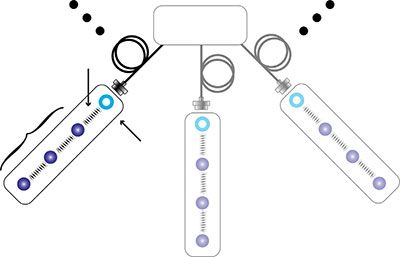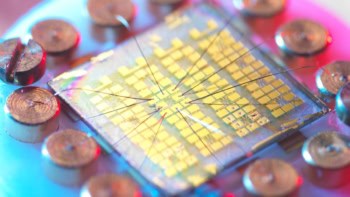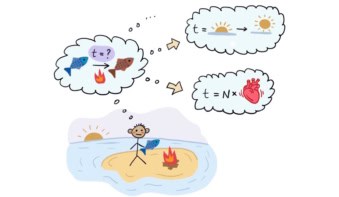
A node for quantum computing that uses two different species of ion has been unveiled by Chris Monroe and colleagues at the University of Maryland in the US. The system uses a barium ion to communicate externally via light and a ytterbium ion to store quantum information.
Trapped ions show great promise for use in quantum computers because they can store quantum information for long periods of time and can also be made to interact with photons, which serve as carriers of quantum information. A practical quantum-computing node must be able to do both of these things at the same time, and this is a significant challenge because the ions that are very good at storing information are usually not very good for interacting with photons and vice versa.
Long coherence time
One possible solution is to use two different types of ion – one for storage and one for communications – and transfer quantum information between the two. Now, Monroe’s team has done just that. A ytterbium ion was chosen as a memory because it can store quantum information for about 1.5 s, which is a very long coherence time in the world of quantum computing. This ion is also attractive because it is insensitive to the light used to manipulate the barium ion, which is located just a few microns away in the ion trap.
In contrast, quantum information can only be stored in the barium atom for about 4 ms, but this is long enough to both interact with the outside world via a photon and also transfer quantum information to the neighbouring ytterbium ion.
Motional modes
Quantum communication via light was demonstrated by causing the trapped barium ion to emit a photon and then showing that the ion and photon are entangled. The team also showed that quantum information can be transferred between the barium and ytterbium ions via two processes that involve the coupled motions of the ions in the trap.
Writing in Physical Review Letters, the team says that the process could be further improved and implemented in fabricated chip traps, which could ultimately form the basis of a practical quantum computer.



